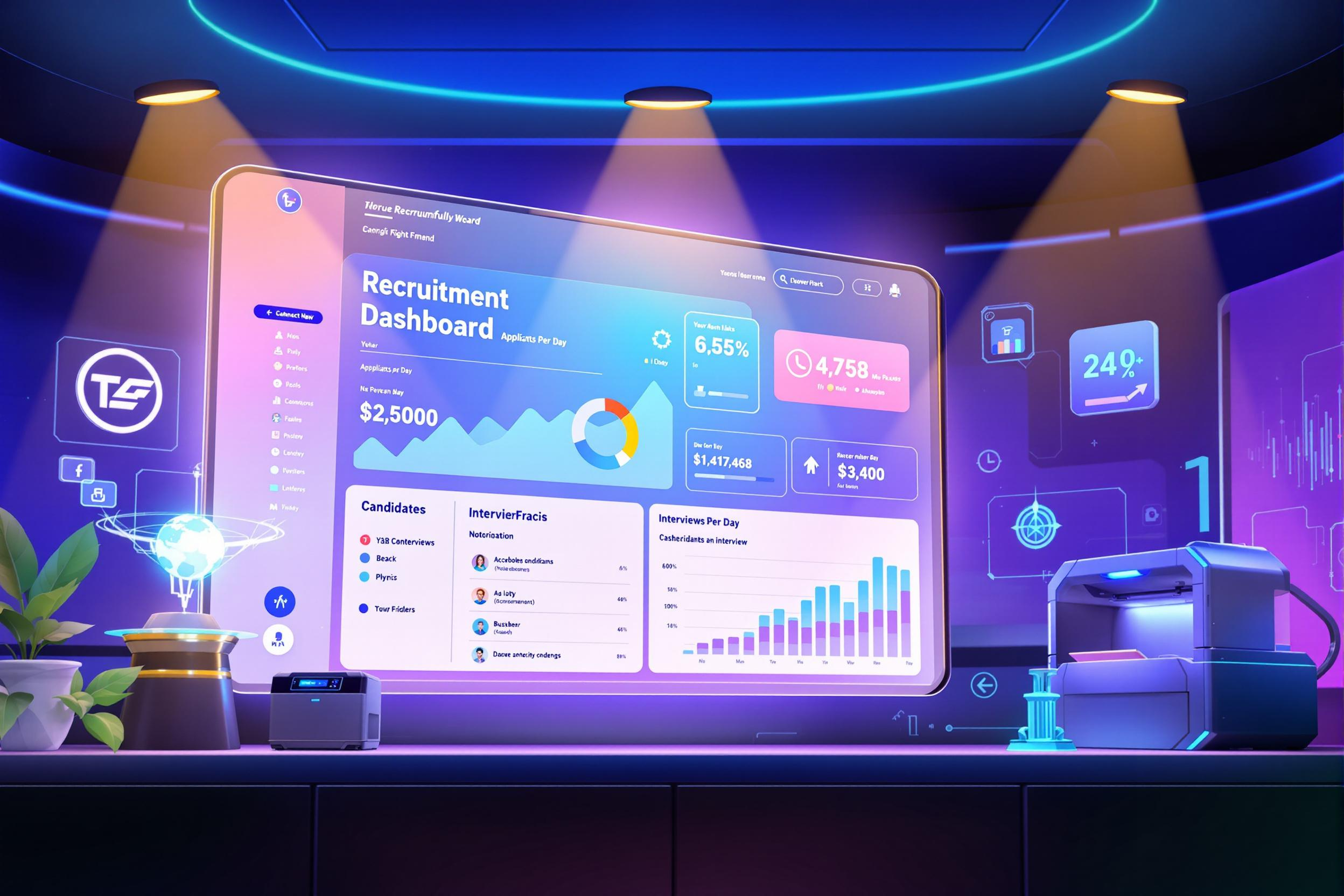
TMS (Transportation Management System)
A Transportation Management System (TMS) is a software tool that helps companies manage their shipping and delivery operations. Think of it as a control center for all transportation-related activities. It helps businesses plan the best routes for deliveries, track where trucks and shipments are, manage shipping costs, and keep track of all shipping documents. Companies use TMS to save money on shipping, deliver goods faster, and keep their customers happy. Some popular TMS platforms include Manhattan Associates, Oracle Transportation Management, and SAP Transportation Management.
Examples in Resumes
Implemented TMS solution that reduced shipping costs by 15%
Trained warehouse staff on Transportation Management System operations
Led project to integrate TMS with existing warehouse systems
Typical job title: "TMS Consultants"
Also try searching for:
Where to Find TMS Consultants
Professional Organizations
Online Communities
Industry Resources
Example Interview Questions
Senior Level Questions
Q: How would you approach a large-scale TMS implementation for a company with multiple distribution centers?
Expected Answer: Look for answers that show experience in project management, understanding of change management, and ability to handle complex implementations. They should mention stakeholder communication, training plans, and phased rollout approaches.
Q: What strategies have you used to ensure successful TMS adoption across different departments?
Expected Answer: Strong answers should include experience with change management, training programs, getting buy-in from different teams, and measuring success through KPIs.
Mid Level Questions
Q: What are the key factors to consider when selecting a TMS for a company?
Expected Answer: Should discuss business needs assessment, budget considerations, integration capabilities with existing systems, user-friendliness, and vendor support quality.
Q: How do you measure the success of a TMS implementation?
Expected Answer: Should mention specific metrics like reduced shipping costs, improved delivery times, better route optimization, increased customer satisfaction, and ROI calculation.
Junior Level Questions
Q: What are the basic functions of a TMS?
Expected Answer: Should be able to explain core features like route planning, shipment tracking, carrier selection, and basic reporting capabilities in simple terms.
Q: How does a TMS help improve shipping efficiency?
Expected Answer: Should explain basic benefits like better route planning, load optimization, carrier selection, and tracking capabilities.
Experience Level Indicators
Junior (0-2 years)
- Basic understanding of shipping operations
- Data entry and basic reporting
- Simple route planning
- Basic carrier management
Mid (2-5 years)
- System configuration and customization
- Integration with other business systems
- Advanced reporting and analytics
- User training and support
Senior (5+ years)
- Complex implementation management
- Strategic transportation planning
- Vendor evaluation and selection
- Process optimization and change management
Red Flags to Watch For
- No knowledge of basic shipping and logistics terms
- Lack of experience with any TMS platforms
- Poor understanding of supply chain processes
- No experience with system implementations or upgrades
Related Terms
Need more hiring wisdom? Check these out...

A Beginner's Guide to Implementing an Applicant Tracking System

Talent Acquisition Automation: Revolutionizing Recruitment

Automated Scorecards in ATS Systems: Your Secret Weapon for Smarter Hiring Decisions

